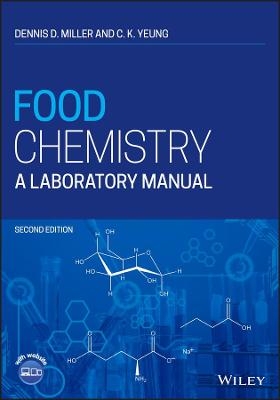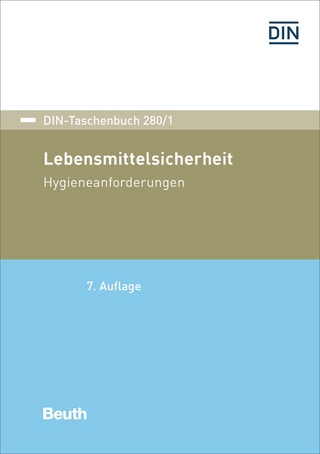
Whey protein-pectin complexes as new fat-replacers: process design, structure analysis and application for fat-reduced food systems
Seiten
2019
Dr. Hut (Verlag)
978-3-8439-4056-6 (ISBN)
Dr. Hut (Verlag)
978-3-8439-4056-6 (ISBN)
- Keine Verlagsinformationen verfügbar
- Artikel merken
The consumer acceptance of low fat and high protein dairy products is low, since their textural attributes often differ substantially from the full fat and low protein equivalents. Especially in liquid and semi-solid dairy products, textural attributes ensuring a high consumer acceptance are a smooth and creamy perception, which are particularly caused by milk fat globules (MFG). Hence, the generation of new fat-replacers that take over the role of MFG to create a smooth and creamy perception also in low fat and high protein products is a major challenge. The aim of this thesis was to develop a new fat-replacer based on whey protein-pectin complexes (WPPC) for an application in dairy products. To be sensorially active, WPPC should exhibit particle sizes similar to MFG (1–10 µm) and take over their role within food matrices. Besides, they need to possess a distinct process stability to enable an application during food processing. By means of fluorescence spectroscopy, particle size analysis and Zeta-potential measurements, basic parameters for the generation of WPPC were identified being a high degree of esterification in pectins (HMP), high biopolymer concentration levels (5.00% protein, w/w) at a fixed ratio of 5 : 1, whey protein : pectin, and a thermal stabilisation at 90 °C for 250 s. The applicability of whey as protein source for the generation of WPPC was simulated, underlining the potential of sweet and native whey as protein source. Experiments on the technical scale using concentrated native whey as protein source demonstrated that shearing (675 s-1) can be applied to readjust the particle size distributions of WPPC similar to MFG. Concurrent structural analyses of WPPC revealed a shift of the initial biopolymer ratio during thermal stabilisation from 5:1 protein:pectin to approx. 30:1 in the complexes, with the majority of the pectin being unbound in the outer phase. The voluminosity of the pure complexes was calculated to be 18.3+/-0.5 mL/g. In a conclusive sensory study, rehydrated WPPC powders were applied in suspensions and in fat-reduced model dairy desserts (vanilla sauce and pudding), revealing the effectiveness as fat-replacers in liquid and semi-solid dairy desserts. This thesis demonstrated, that whey protein–pectin complexes can be generated by targeted selection of raw material characteristics and processing conditions. They work effectively as fat-replacer in liquid and semi-solid food systems.
| Erscheinungsdatum | 05.06.2019 |
|---|---|
| Reihe/Serie | Lebensmitteltechnologie |
| Verlagsort | München |
| Sprache | englisch |
| Maße | 148 x 210 mm |
| Gewicht | 291 g |
| Themenwelt | Technik ► Lebensmitteltechnologie |
| Schlagworte | creaminess • Fat-Replacer • whey protein |
| ISBN-10 | 3-8439-4056-8 / 3843940568 |
| ISBN-13 | 978-3-8439-4056-6 / 9783843940566 |
| Zustand | Neuware |
| Haben Sie eine Frage zum Produkt? |
Mehr entdecken
aus dem Bereich
aus dem Bereich
Technologie, Chemie, Mikrobiologie, Analytik, Bedeutung, Recht
Buch | Hardcover (2023)
Verlag Eugen Ulmer
140,00 €


